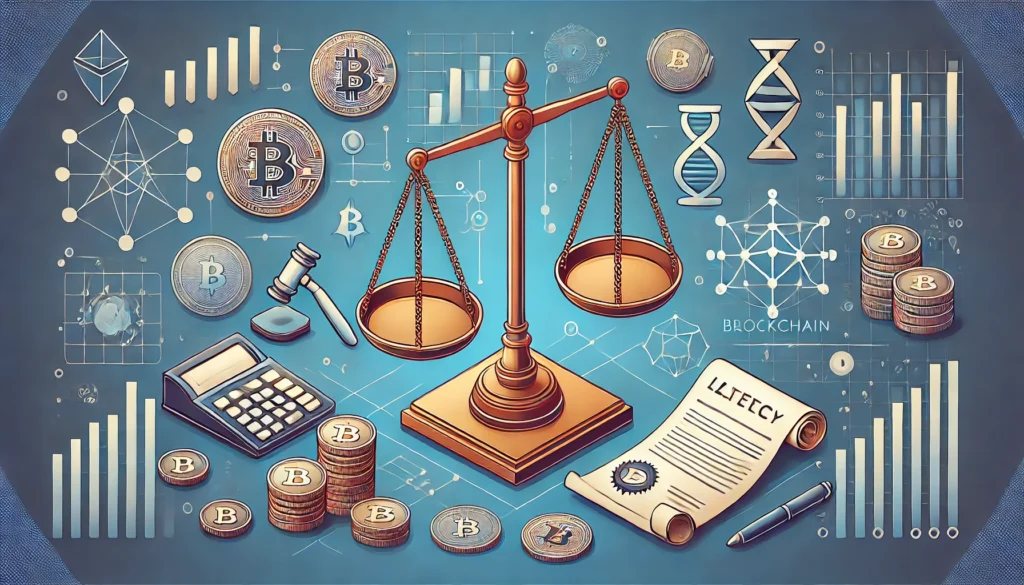
As the cryptocurrency market grows, the dominance of Bitcoin, the first and most well-known cryptocurrency, has been challenged by a variety of alternative coins, or altcoins. While Bitcoin remains a cornerstone of many portfolios, adding altcoins can offer diversification and exposure to emerging technologies. This article explores the differences between Bitcoin and altcoins, the benefits of diversifying your crypto portfolio, and strategies to manage risks effectively.
Understanding Bitcoin and Altcoins
What Is Bitcoin?
Bitcoin (BTC) is the original cryptocurrency, created in 2009 by an anonymous person or group known as Satoshi Nakamoto. It serves as a decentralized digital currency and a store of value, often referred to as “digital gold.”
Key Features of Bitcoin
- Decentralization: Operates without a central authority.
- Limited Supply: Capped at 21 million coins, creating scarcity.
- Security: Secured by Proof of Work (PoW) consensus, with a robust network of miners.
- Adoption: Widely accepted as a payment method and store of value.
What Are Altcoins?
Altcoins refer to any cryptocurrency other than Bitcoin. These coins aim to address Bitcoin’s limitations or target specific use cases, such as decentralized finance (DeFi), smart contracts, or faster transactions.
Popular Altcoins and Their Use Cases
| Altcoin | Purpose/Use Case |
|---|---|
| Ethereum (ETH) | Platform for smart contracts and decentralized apps. |
| Cardano (ADA) | Scalable blockchain focusing on sustainability. |
| Solana (SOL) | High-speed blockchain for decentralized applications. |
| Ripple (XRP) | Cross-border payment solutions for financial entities. |
| Polkadot (DOT) | Interoperability between different blockchains. |
Why Diversify Your Crypto Portfolio?
Diversification is a key strategy in any investment portfolio, and cryptocurrencies are no exception. Here’s why diversifying with altcoins can be beneficial:
1. Reduced Risk
- A portfolio focused solely on Bitcoin is highly dependent on its price movements.
- Altcoins can help balance volatility, as they may perform differently under varying market conditions.
2. Exposure to Innovation
- Altcoins often introduce groundbreaking technologies and features.
- Investing in altcoins can provide exposure to sectors like DeFi, gaming, and NFTs.
3. Potential for Higher Returns
- Many altcoins are in earlier stages of development, offering significant growth potential compared to Bitcoin.
4. Diversification Across Sectors
- Bitcoin primarily serves as a store of value, while altcoins target specific industries or utilities.
- A diversified portfolio ensures exposure to multiple aspects of the crypto ecosystem.
Comparing Bitcoin and Altcoins
| Aspect | Bitcoin | Altcoins |
| Purpose | Digital gold, store of value | Targeted use cases and applications |
| Supply Cap | 21 million | Varies (e.g., ETH has no fixed cap) |
| Market Dominance | Largest market cap, most liquidity | Smaller market caps, higher volatility |
| Risk Level | Lower compared to most altcoins | Higher risk, potential for higher rewards |
| Innovation | Focus on security and decentralization | Rapid innovation, evolving technologies |
Strategies for Diversifying Your Crypto Portfolio
1. Determine Your Investment Goals
- Are you seeking long-term stability or high-risk, high-reward opportunities?
- Bitcoin is ideal for stability, while altcoins offer speculative growth potential.
2. Allocate Wisely
- A balanced portfolio may include 50-70% Bitcoin and 30-50% altcoins, depending on your risk tolerance.
3. Research Altcoins Thoroughly
- Analyze the technology, team, use case, and market adoption.
- Read whitepapers and monitor community engagement on platforms like Reddit and Twitter.
4. Use Dollar-Cost Averaging (DCA)
- Invest small, fixed amounts regularly to mitigate the impact of market volatility.
5. Monitor Market Trends
- Stay informed about market developments and technological advancements.

Risks of Investing in Altcoins
1. Volatility
- Altcoins are generally more volatile than Bitcoin, with rapid price swings.
2. Regulatory Uncertainty
- Many altcoins face potential regulatory challenges, impacting their value.
3. Market Liquidity
- Smaller altcoins may have limited liquidity, making it harder to buy or sell large amounts.
4. Scams and Rug Pulls
- Some altcoins are created solely to defraud investors. Research is crucial to avoid scams.
Case Study: A Balanced Crypto Portfolio
| Asset | Allocation | Purpose |
| Bitcoin (BTC) | 60% | Stability and store of value |
| Ethereum (ETH) | 20% | Exposure to DeFi and smart contracts |
| Cardano (ADA) | 10% | Focus on scalability and innovation |
| Solana (SOL) | 5% | High-speed transactions |
| Polkadot (DOT) | 5% | Blockchain interoperability |
Conclusion
Bitcoin and altcoins each have unique strengths, making them complementary assets in a cryptocurrency portfolio. While Bitcoin provides stability and widespread adoption, altcoins offer innovation and growth potential. Diversifying your crypto investments allows you to balance risk and reward, ensuring exposure to the broader opportunities in the blockchain ecosystem. By conducting thorough research and adopting a strategic approach, you can build a resilient portfolio tailored to your financial goals.